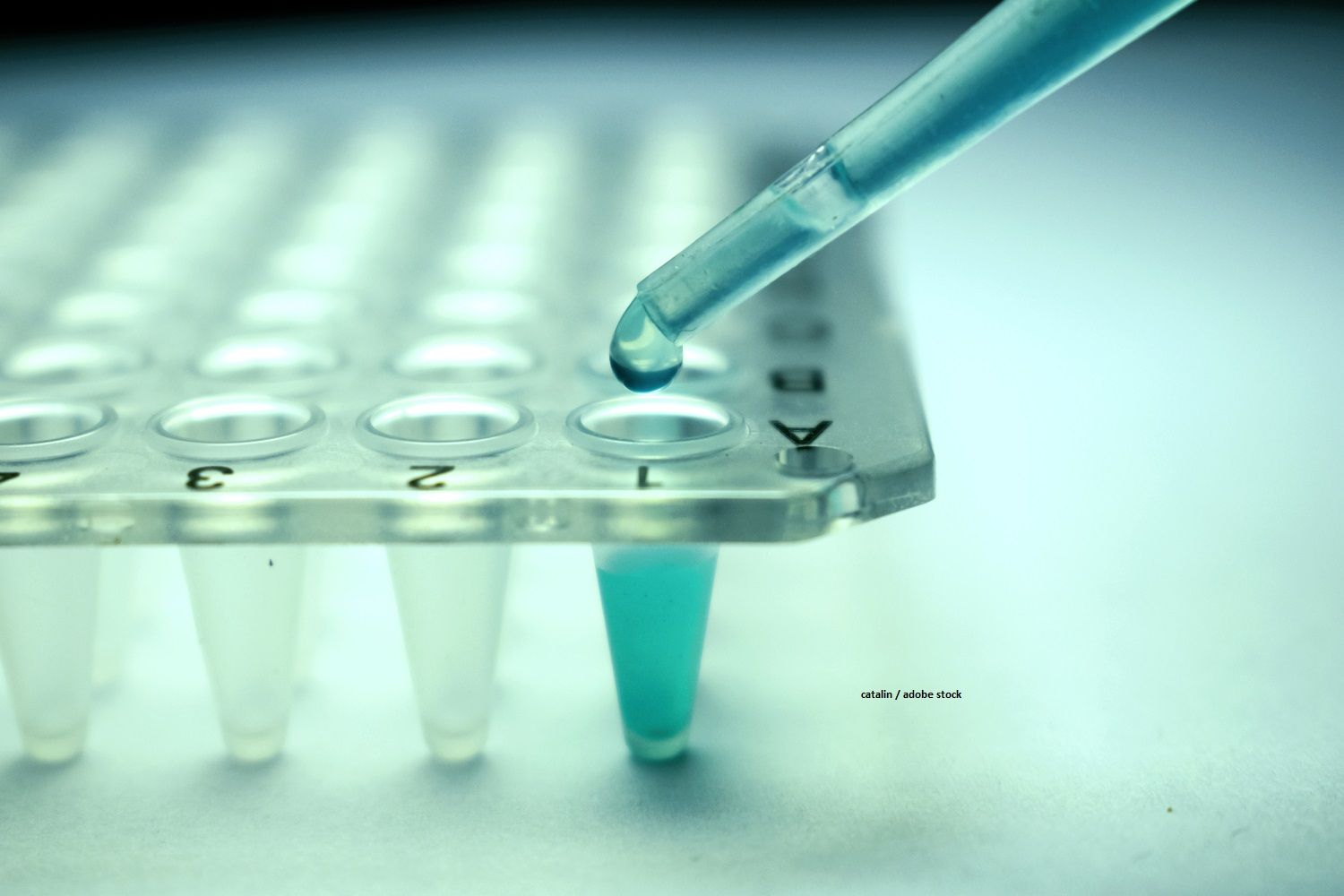Article
Exploring stem cells as neurologic treatment: Not a closed case
Author(s):
While some results have proved to be less than promising, potential remains intact

The role that stem cells can play in ophthalmology may be akin to science fiction, but stem cells can be useful to develop a better model of brain diseases.
Reviewed by Alfredo A. Sadun, MD, PhD
Research into the use of stem cells as a treatment of neurologic disorders is in its infancy, and maybe, more wishful thinking than reality. Alfredo A. Sadun, MD, PhD, uses the eye to access the brain, and he pointed out a few other researchers have taken the same approach, to push the envelope with stem cell treatments of neurologic diseases.
Mixed results
So far, the results are more frightening than promising.
One company, Bieke Biotech in Shenzhen, China, is focused on optic nerve hypoplasia, a congenital condition that is mostly bilateral and characterized by a small optic nerve(s) and profound visual loss in at least one eye. The company uses autologous stem cells from the bone marrow, venous blood, and umbilical cord, the last of which provides stem cells from the blood and mesenchymal cells.
Dr. Sadun, the F. Thornton Chair and Professor, Department of Ophthalmology, Doheny Eye Institute, University of California at Los Angeles, noted a key factor is that optic nerve hypoplasia is a midline structure disease.
“The septum pellucidum and corpus callosum are affected but sometimes the hypothalamus is also, and this is a major clinical issue because of the association of the hypothalamus and serious endocrine problems,” he said.
Beike Biotech performed a study of 48 patients with optic nerve hypoplasia, for which the outcome measure was determined by the responses to a patient questionnaire completed 16 days after the procedure. The company reported that 60% of patients improved immediately, and 77% at one year. They did not do any visual outcome studies.
Independent review
However, as Dr. Sadun pointed out, an independent review of this study was performed at Children’s Hospital in Los Angeles, and they confirmed that there was no evidence that the treatment was beneficial for the optic nerve hypoplasia. In that study, patients received six intravenous infusions over 16 days, using mesenchymal cells from the umbilical cord.
The optic nerve head size was evaluated at one, three, and nine months postoperatively. The visual acuity, and contrast sensitivity were assessed. The findings of the study (Fink et al. AAPOS 2013;5) indicated that nothing improved, Dr. Sadun recounted.
RELATED: Technology assisting surgeons in capturing spectral-domain OCTOcular stem cell research
This research is exciting to Dr. Sadun, who said he believes that stem cells may be beneficial for treating the corneal endothelium, trabecular meshwork, and retinal pigment epithelium. However, the retinal ganglion cells may be another story.
“I am not sanguine that stem cells will work for diseases of retinal ganglion cells because there are no endogenous stem cells for retinal ganglion cells; the mesenchymal cells may be helpful because they secrete neuroprotective factors in the vitreous,” he explained.
Dr. Sadun noted that replacement of the retinal ganglion cells requires consideration of the problem of specificity. “The cells are attached to specific parts of the brain to exactly the right cell and interfering with this circuitry is likely to be very problematic,” he said.
Conclusion
Dr. Sadun provided two take-home messages. First, regarding research, if it is about treatment today with stem cells, neurons have circuitry while stem cells are clonal. Stem cells are not going to work when dealing with precise circuitry issues. “At the moment, the use of stem cells for optic neuropathies is nonsense,” he said. Second is the idea of using stem cells to develop a better model of brain diseases. Dr. Sadun said he believes this is where the promise lies.
RELATED: Deep learning predicts OCT measures of diabetic macular thickening
Disclosures:
Alfredo A. Sadun, MD, PhD
E: Alfredo.Sadun@mednet.ucla.edu
Dr. Sadun has no financial interest in the subject matter.
Newsletter
Don’t miss out—get Ophthalmology Times updates on the latest clinical advancements and expert interviews, straight to your inbox.




